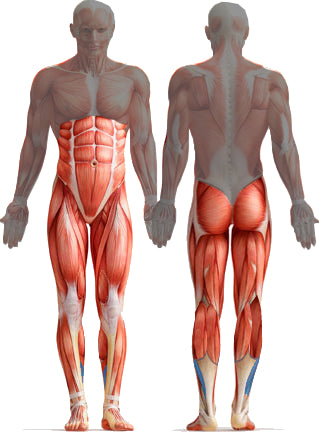Your Cart is Empty
We’re proud to be supporting the Cancer Research UK Shine 2013 marathon and half-marathon charity walk events. Trainsmart have prepared progressive training programmes designed to ease the walkers into their training and make sure everyone is in great shape to do the event. The overwhelming feedback from 2012 was that people completely underestimated how tough it is to walk a marathon distance. Following a training plan provides structure and guidance on how much walking you should be doing each week, so you reach the start line fully prepared. To help you with your training, we're making our Trainsmart Coaching available to all Shine participants.
Follow the “5 P’s” – Proper Preparation Prevents Poor Performance – and you’ll enjoy your training, be in great shape for the event and at the same time, get fitter and lose weight. For best results, we recommend you start training at least 16 weeks before the event. You really don’t want to leave it until the last minute. Don’t let the weather put you off either – there’s a famous saying that “there’s no such thing as bad weather, only bad clothing”. Get wrapped up, dress for the occasion and commit to your plan. Remember, the hardest 10 metres are the ones out the front door!

It’s really important to stretch but you have to be careful as there are definitely wrong ways and wrong times to stretch. Follow this guide and you’ll avoid muscle problems and niggling injuries. The diagram below shows the major muscle groups used for walking (yes, walking is a great abs workout too).
Half-marathon Marathon
Comments will be approved before showing up.
